Jupiter’s moon Europa, a glacial world much unlike our own, has long tantalized scientists with its potential to harbor conditions conducive to life. In a groundbreaking revelation, astronomers utilizing the James Webb Space Telescope uncovered the presence of carbon dioxide concentrated on Europa’s icy surface.
Nestled beneath Europa’s frozen crust is an expansive ocean of salty liquid water, enveloped by a rocky seafloor. Researchers have often speculated about the ocean’s hidden realm, pondering whether it possesses the chemicals essential for life, especially carbon, the fundamental building block of all known life forms.
“On Earth, life likes chemical diversity – the more diversity, the better. We’re carbon-based life,” says Geronimo Villanueva of NASA’s Goddard Space Flight Center, in a statement.
Unlocking Europa’s Secrets
The discovery of carbon dioxide was made in a region called Tara Regio. It’s a geologically young and chaotic terrain where the surface ice has been disrupted, indicating probable exchanges between the subsurface ocean and the icy surface.
“We now think that we have observational evidence that the carbon we see on Europa’s surface came from the ocean. That’s not a trivial thing. Carbon is a biologically essential element,” notes Samantha Trumbo of Cornell University in Ithaca, lead author of the second paper in this research. This discovery is pivotal as it supports the notion that carbon wasn’t brought by meteorites or external sources but has likely originated from Europa’s subsurface ocean itself.

This unearthing of carbon is paramount in our quest to understand Europa’s habitability. “Understanding the chemistry of Europa’s ocean will help us determine whether it’s hostile to life as we know it, or if it might be a good place for life,” emphasizes Villanueva. The intricate relationship between the moon’s surface and its hidden ocean may allow scientists to discern the ocean’s composition even before the arduous task of drilling through the icy crust begins.
The Scientific Pursuit Continues
The discovery of carbon dioxide, a molecule known for its instability on Europa’s surface, accentuates its recent deposition, making it a focal point of astronomical research. “Even with this short period of time, we were able to do really big science,” states Heidi Hammel of the Association of Universities for Research in Astronomy, highlighting the significance of these observations.
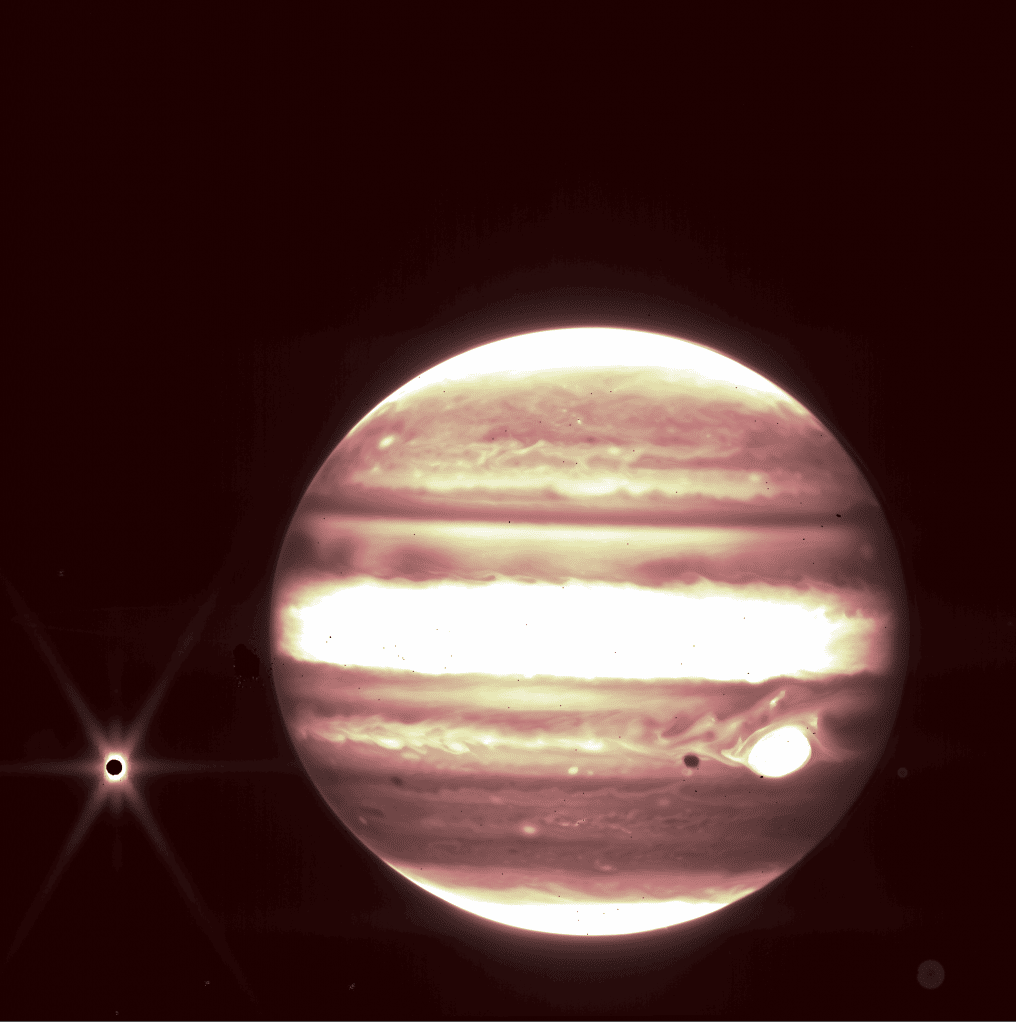
Villanueva’s team extended their search to include potential plumes of water vapor erupting from Europa’s surface, a phenomenon that has been elusively detected in previous years. The new data have, thus far, not revealed any solid evidence of such plumes, but scientists emphasize that non-detection doesn’t eliminate their existence. “All we can say with 100% confidence is that we did not detect a plume at Europa when we made these observations with Webb,” clarifies Hammel.
These newly-acquired insights will shape upcoming explorations, including NASA’s Europa Clipper mission set for launch in October 2024, aiming to conduct close flybys of Europa, and the European Space Agency’s Jupiter Icy Moons Explorer (JUICE).
Europa, with its icy allure, continues to be a source of intrigue in the scientific community. The identification of carbon dioxide and the insights gained into its subsurface ocean contribute substantially to the growing body of knowledge regarding the moon’s potential to support life. While the journey to unlock Europa’s secrets is fraught with complexities and mysteries, astronomers and scientists’ persistent pursuit of understanding worldwide brings us closer to answering the long-standing question: Is Europa a sanctuary for extraterrestrial life?
The research papers are published in the journal Science:
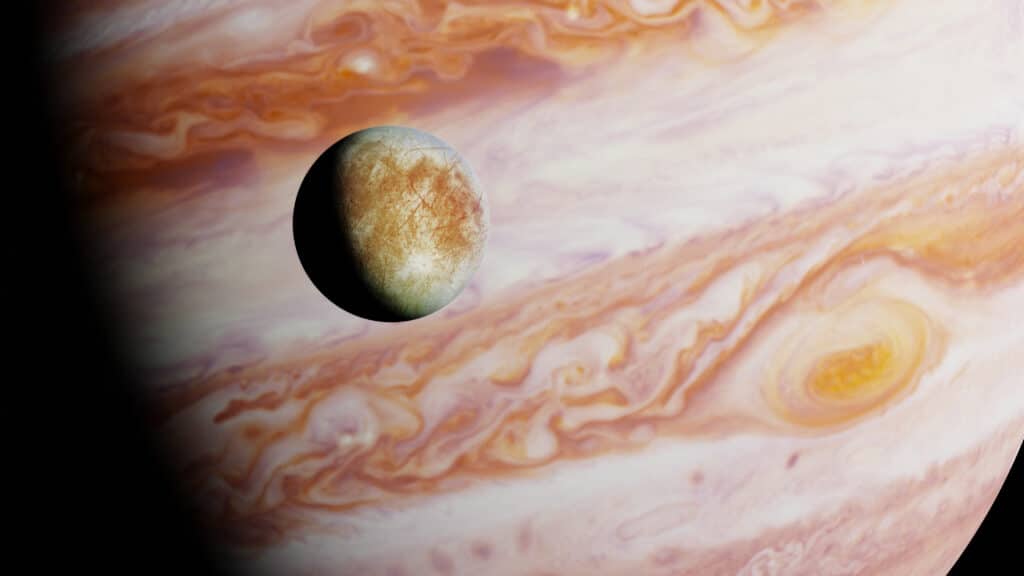
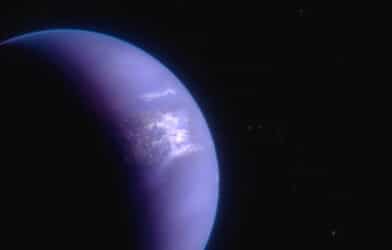
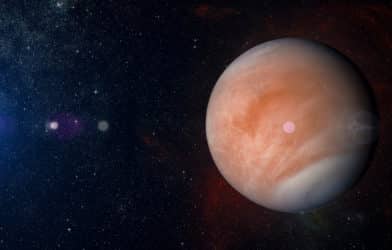
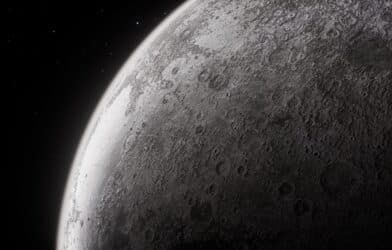
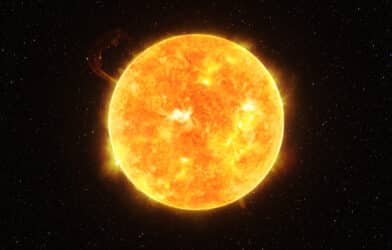
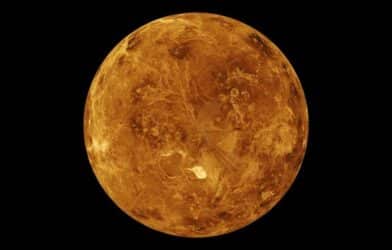
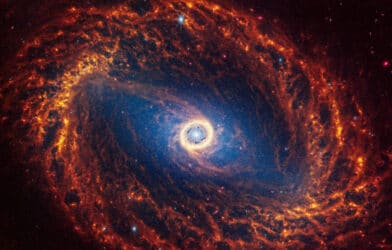
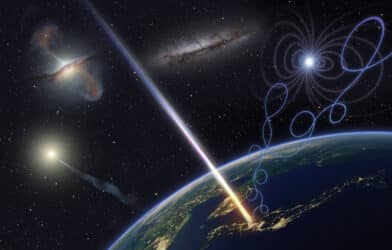
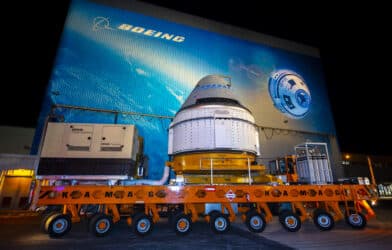
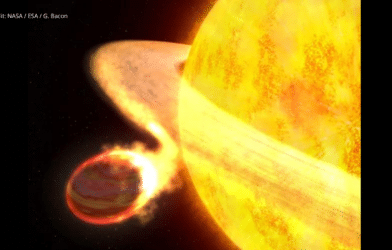


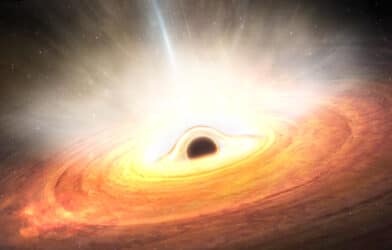
Why there is no one in charge in eliminating all that space junk?
I am ashamed to read that.
I saw a cloud, bout size a SUV. I moved bout 20 mpg to the left. It stopped. Started back going to the right. It completely stopped and changed direction.
Is it possible that there might be other “life forms” out in space, out in our universe, that might not use carbon as we do? Perhaps rely on alternate, other, known or unknown elements? ….a different kind of life? Or are we searching only for other life forms based on what we know of our own? I find this topic so very interesting! Thank you for the work and publishing of these scientists. 😊